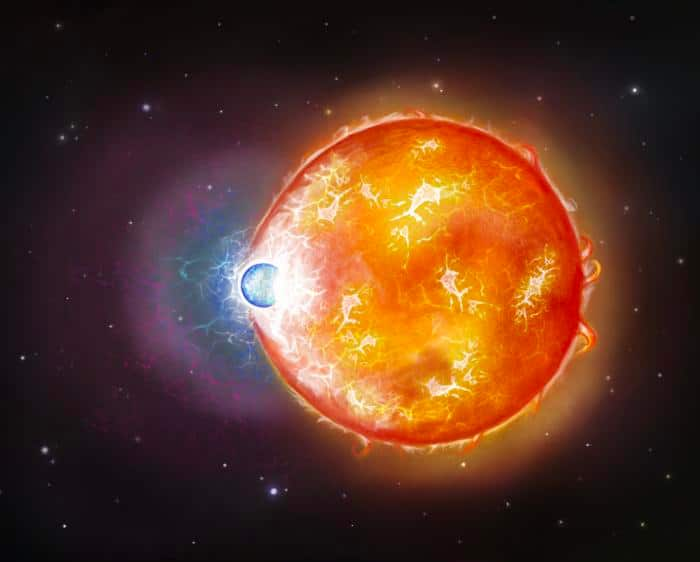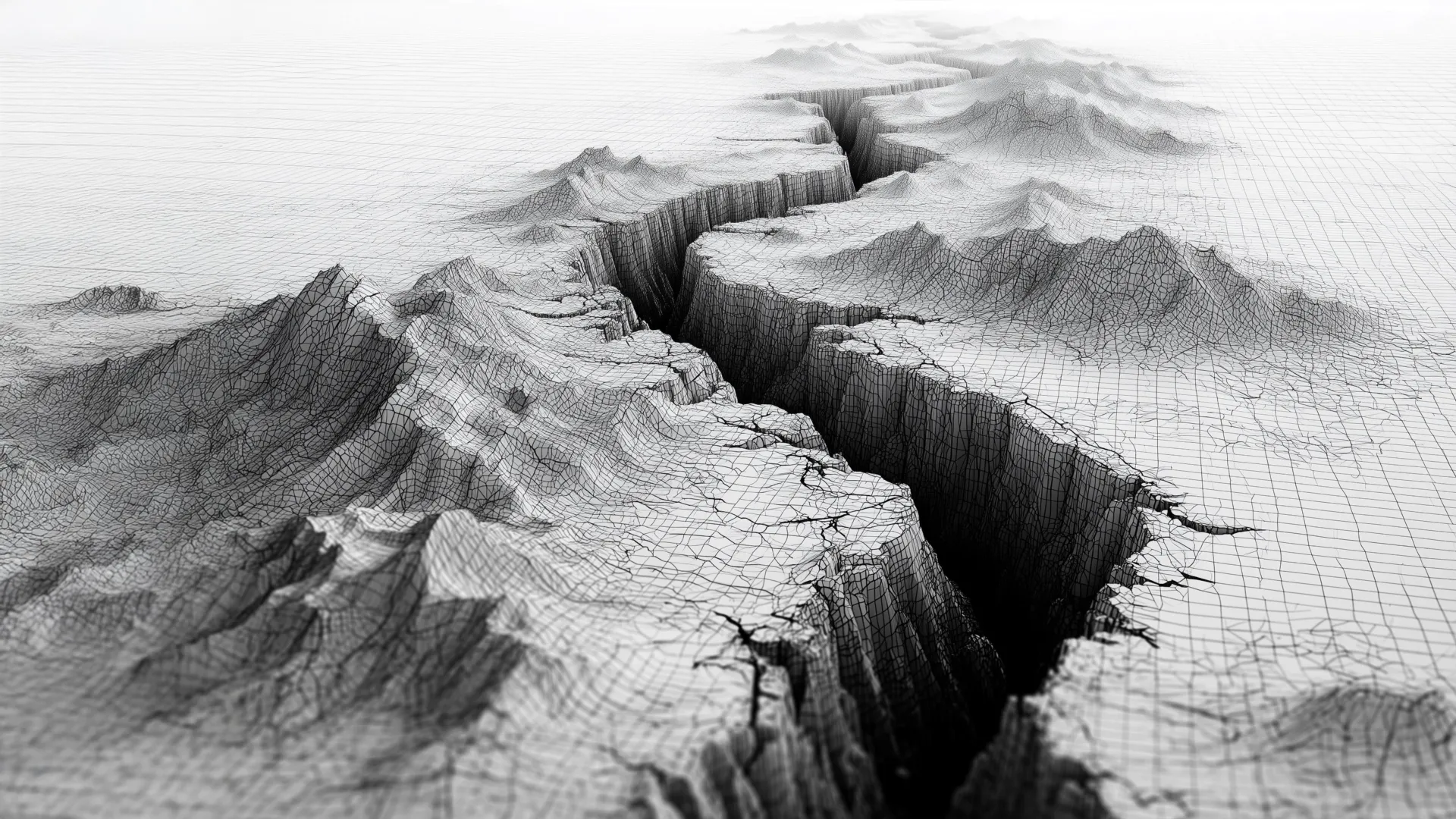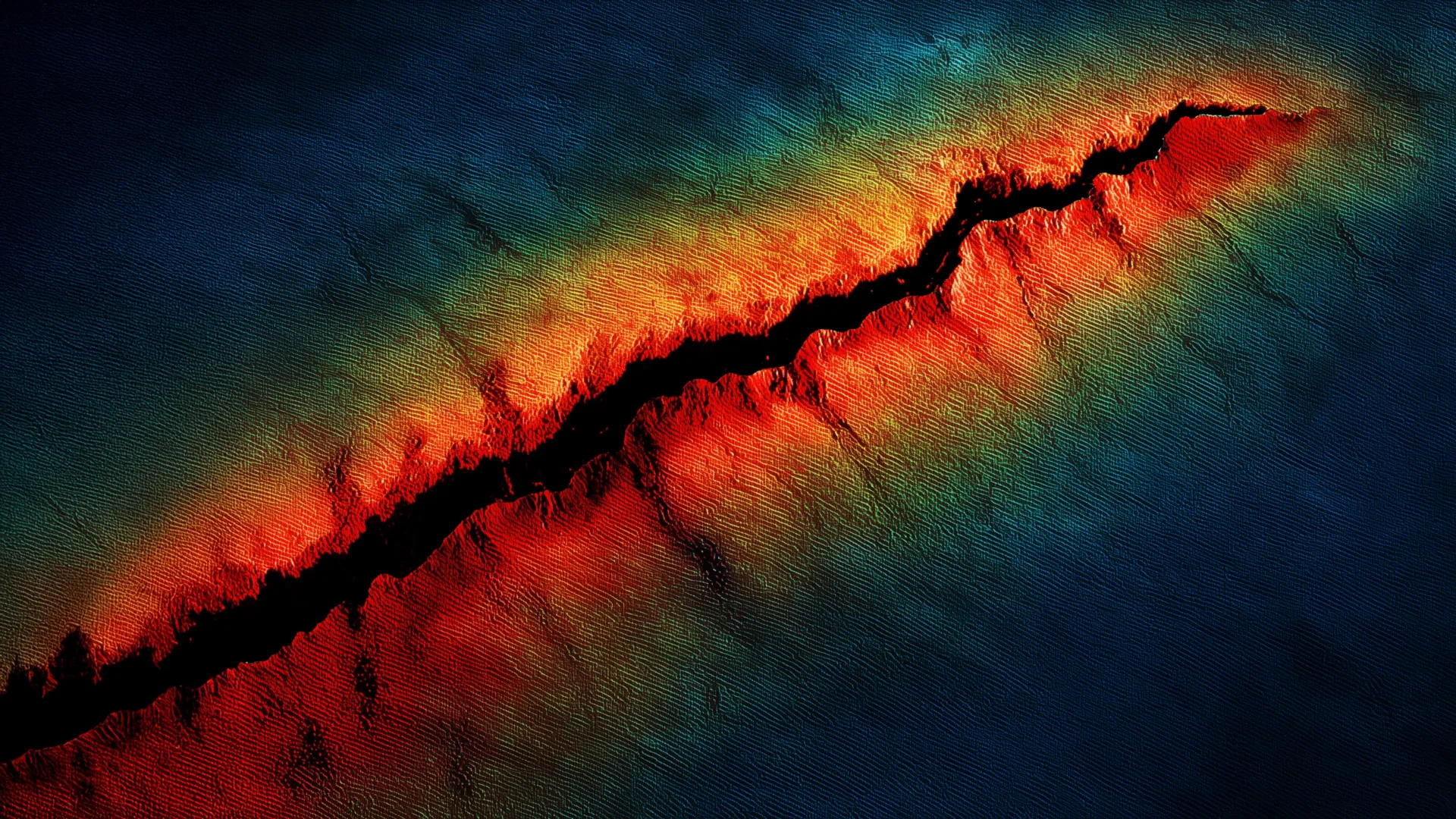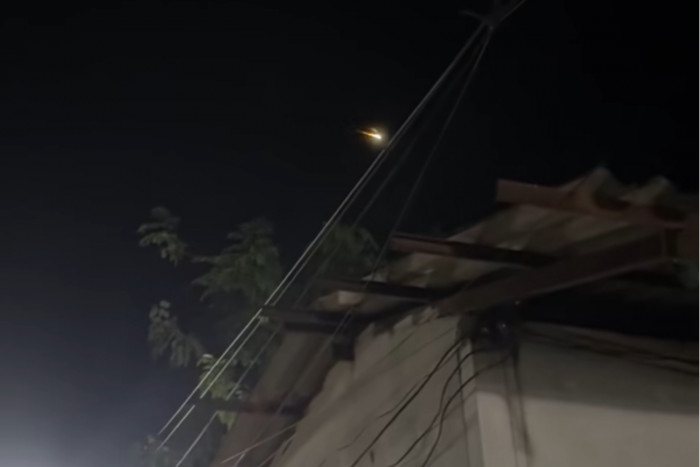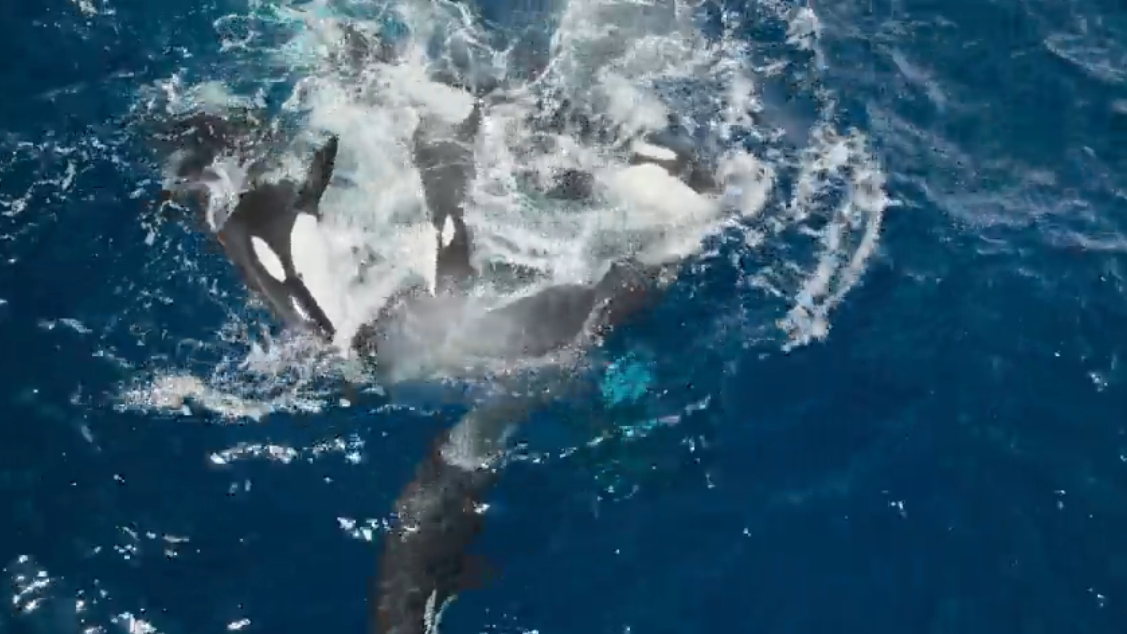Is This Mysterious Object an Alien Message? Harvard Astronomer Weighs In!

Have we finally found a cosmic visitor from beyond our solar system, or is it just another comet? As an intriguing object streaks toward us, astronomers are debating its true origin, and one Harvard scientist isn't ready to rule out the possibility of extraterrestrial life.
This curious interstellar object, dubbed 3I/ATLAS, was first spotted by astronomers earlier this year, racing through space at incredible speeds. While most scientists lean toward the conclusion that it's a natural comet, Avi Loeb, a Harvard astronomer and self-proclaimed alien hunter, is raising eyebrows with his provocative theories. He suggests there could be more to this cosmic traveler than meets the eye.
In his recent discussions, Loeb acknowledged that it’s “most likely” that 3I/ATLAS is a naturally occurring comet. However, the evidence surrounding its tail—or rather, the absence of one—has sparked renewed speculation. Comets typically showcase a trail of gas and dust, a characteristic feature that makes them recognizable. But 3I/ATLAS is defying these conventions with its lack of a visible tail, sparking questions about what it truly is.
The international team of astronomers studying this object noted its increasing dust activity and changing colors during observations, which adds to the mystery. Low dust production and viewing angles might explain its peculiar appearance, but the need for continued monitoring is paramount. They emphasized that collecting more data could shed light on the evolution of interstellar materials as they interact with solar radiation.
Loeb passionately supports this notion, insisting that with every new piece of information, scientists will struggle to dismiss the anomalies presented by 3I/ATLAS. “We're used to finding icy rocks that exhibit familiar cometary tails in the solar system,” he pointed out, “but this encounter with an interstellar object feels like a blind date on an astronomical scale.”
What's even more fascinating is the possibility that 3I/ATLAS could have a trajectory engineered for a close encounter with Jupiter, Mars, and Venus, making its path seem almost too perfect to be coincidental. Loeb believes that the size of the object—estimated to be 12.4 miles in diameter—marks it as an extraordinary event, possibly a once-in-10,000-years occurrence.
To categorize the likelihood of this object being a product of extraterrestrial intelligence, Loeb introduced his “Loeb Scale.” This ranking system assigns a score from one to ten, determining whether an object is likely natural or a confirmed technology from alien origins. Recently, he placed 3I/ATLAS at a solid 6, acknowledging that this rating could shift as new data emerges.
Loeb's insistence on keeping an open mind resonates with a core principle of science: curiosity should never be curbed. “It is anti-scientific to suppress curiosity-driven questions about anomalies,” he stated, underscoring the importance of data collection and exploration in uncovering the truth about our universe.
As we brace ourselves for the cosmic arrival of 3I/ATLAS, we can only wonder: Could this object be the key to revealing whether we are truly alone in the universe?


